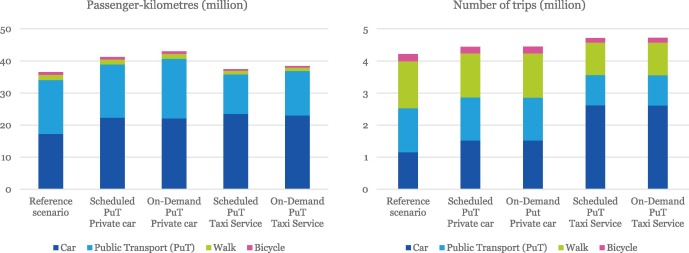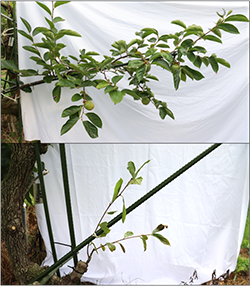2022-11-09 スウェーデン王国・王立工科大学(KTH)
「学校や近所のスーパーマーケットなど、短時間の移動であっても自動車を利用する人が増えるでしょう。KTHの研究者であるErik Almlöfは、「座りがちなライフスタイルと環境汚染の増加が相まって、公衆衛生が悪化するでしょう」と述べています。
この研究によると、自動運転技術が手軽に利用できる交通手段となった場合、特に郊外や都市近郊の自治体に住む人々が自動運転技術を選択する可能性が高い。
また、徒歩や自転車ではなく、ドライバーレス車両を選択できるようになるのは、子供や若者であることが増えていくだろう。
また、自動車の交通量が増えれば、騒音や排気ガスが増える。
<関連情報>
- https://www.kth.se/en/om/nyheter/centrala-nyheter/framtidens-sjalvkorande-fordon-kan-paverka-folkhalsan-negativt-1.1205846
- https://www.sciencedirect.com/science/article/pii/S0965856422002270?via%3Dihub
自律走行技術の影響を受けるのは、仕事よりもレジャー旅行か?スウェーデン・ストックホルムにおける自動運転公共交通機関および自動車のモデル化。 Will leisure trips be more affected than work trips by autonomous technology? Modelling self-driving public transport and cars in Stockholm, Sweden
Erik Almlöf,Mikael Nybacka,Anna Pernestål,Erik Jenelius
Transportation Research Part A Available online: 8 September 2022
DOI:https://doi.org/10.1016/j.tra.2022.08.023

Highlights
- Enhancing the public transport service had only a marginal effect on ridership, except for rural areas where the impact was greater.
- Leisure and service trips were more impacted by self-driving technology than commuting trips.
- Walking and bicycling declined across all modelled scenarios.
Abstract
Self-driving technology may lead to a paradigm shift for the transport industry with shared cars available to every-one. However, this vision has increasingly been challenged as too optimistic and unsubstantiated. In this study we explore societal impacts of using this technology for both cars and public transport and investigate differences depending on geography and trip purpose. Four scenarios were designed through workshops with 130 transport experts, modelled using a conventional four-step model for Stockholm, Sweden and evaluated in terms of changes to mode choice, number of trips and person kilometres.
We find larger increases for non-commuting trips, i.e. service and leisure trips, than for commuting trips, questioning the view of the ‘productive work trip’ as self-driving technology’s main impact on society. As these trips are primarily made outside of rush hours, this may lead to a changed transport system. Geographic differences are substantial and heavily dependent on the cost model for car alternatives, even indicating a reduction in car travel in rural areas if private ownership would be replaced by shared cars. Furthermore, walking and cycling levels decreased in all scenarios while enhancing public transport using self-driving technology had a limited impact on ridership.
These results show that the impacts of self-driving technology may have varied societal impacts even within a region and may lead to increased car travel, especially off-peak. These conclusions stress the need for policies that are sensitive to both geography and time.




